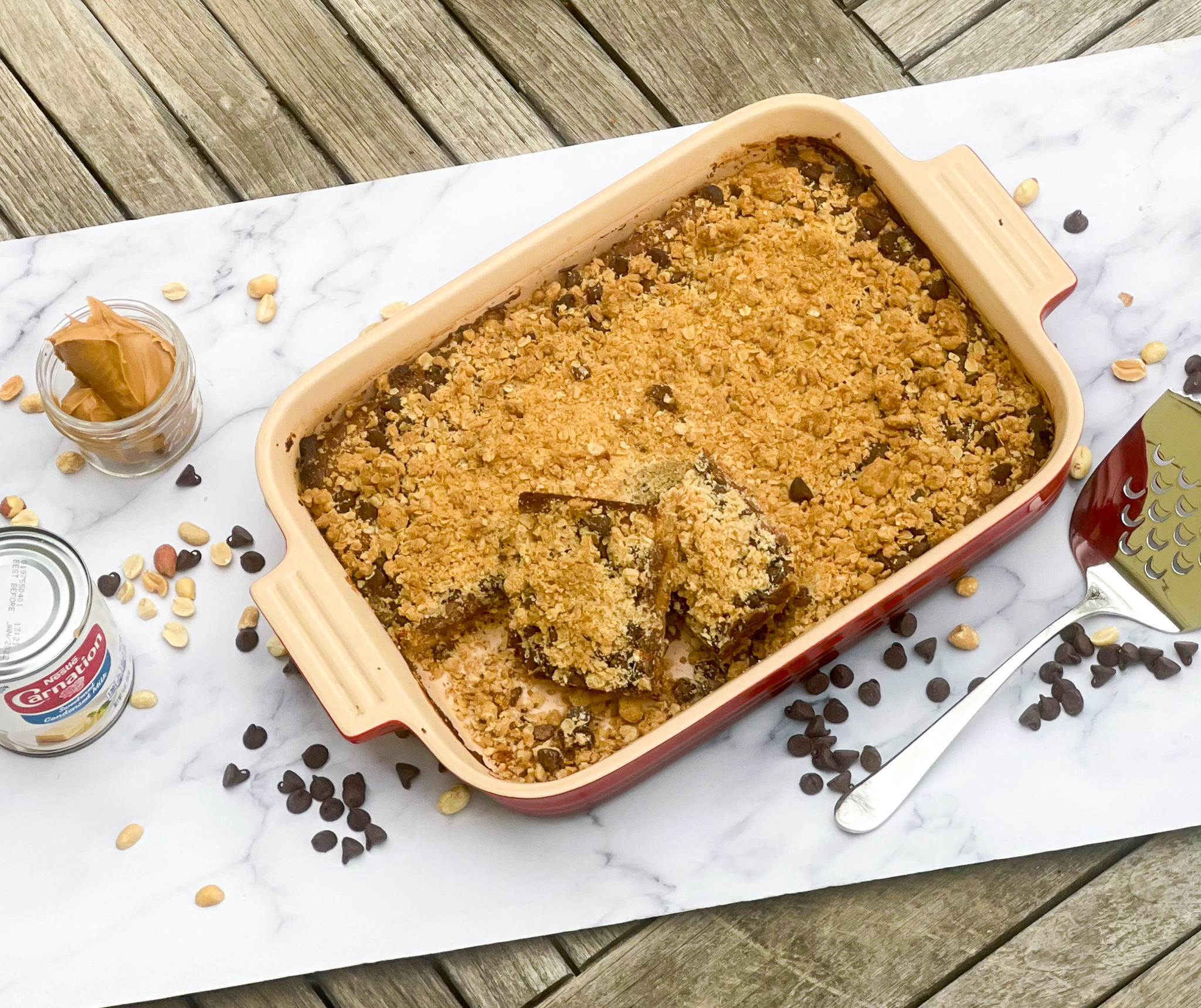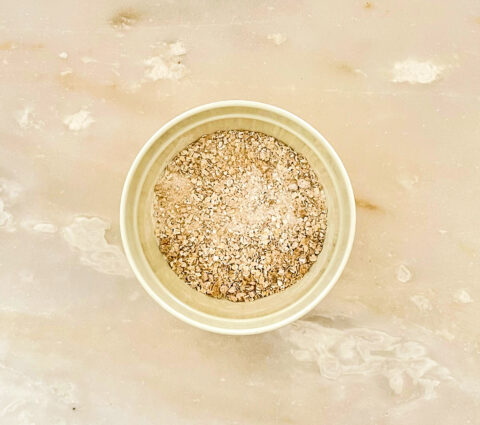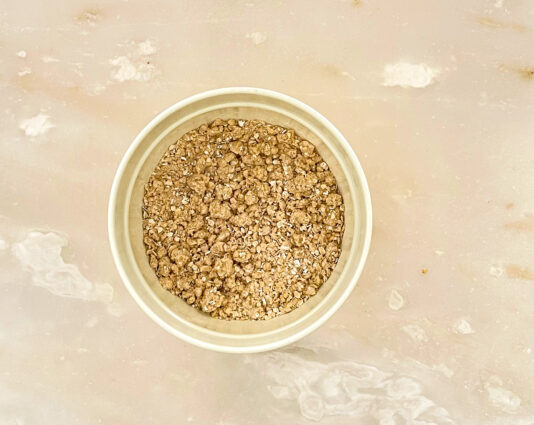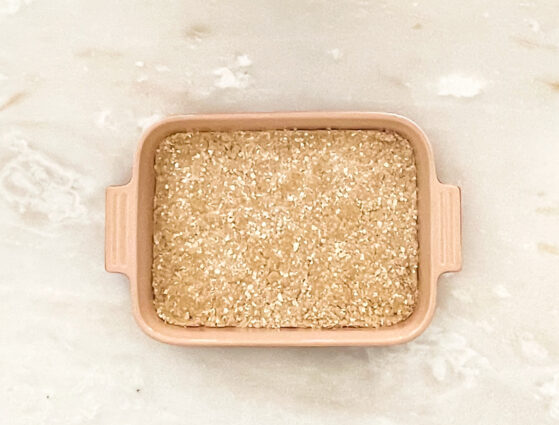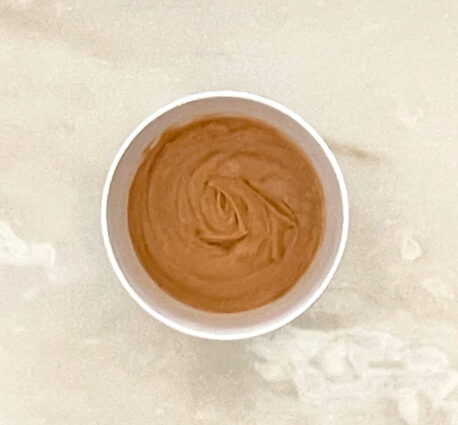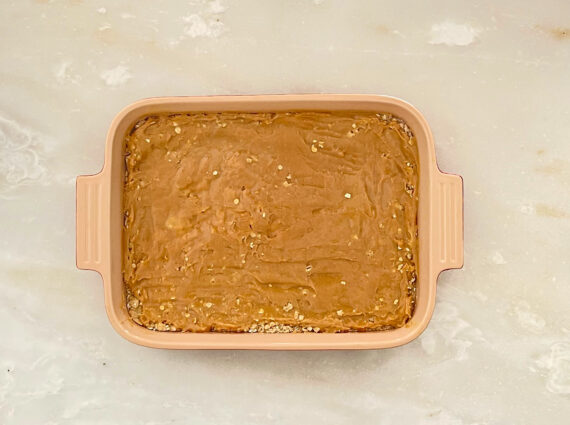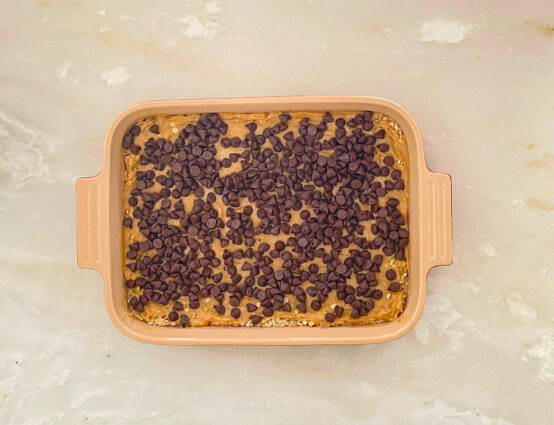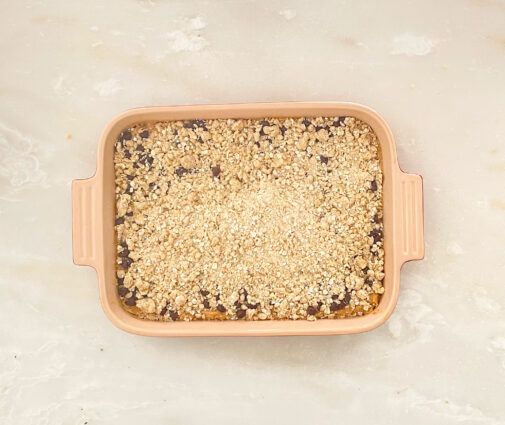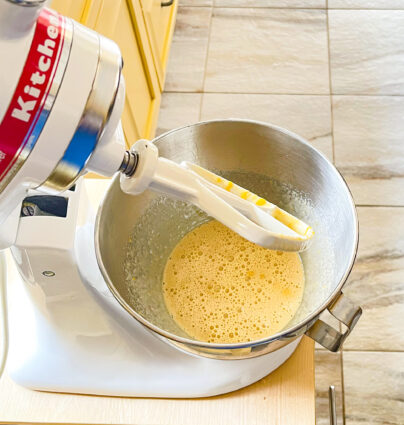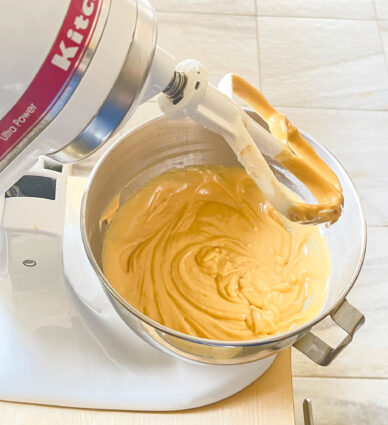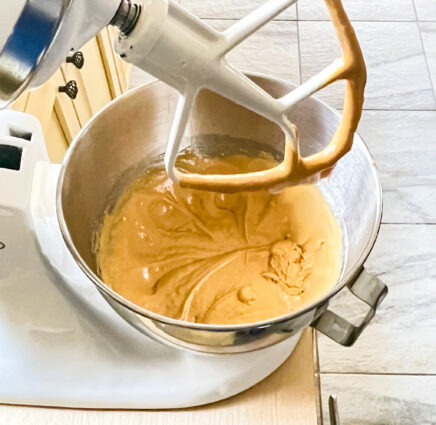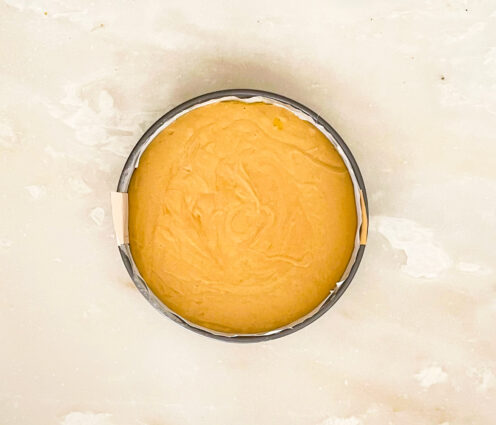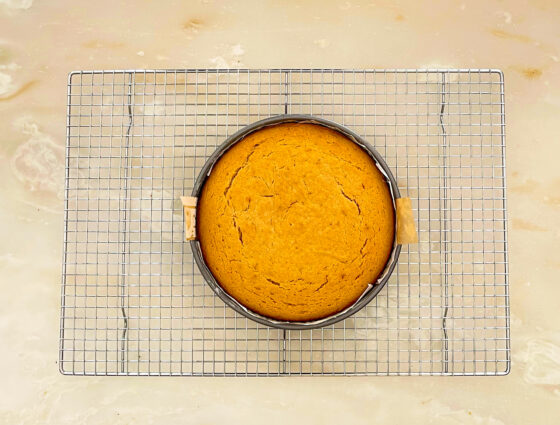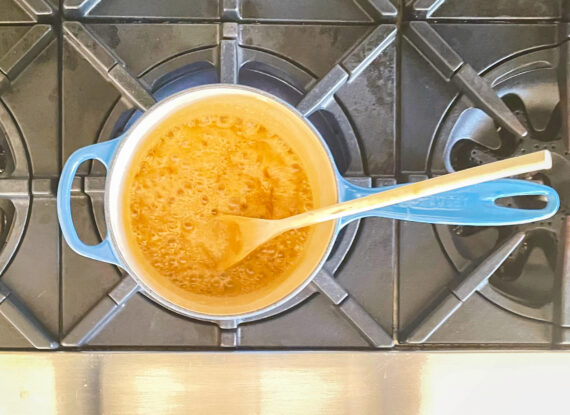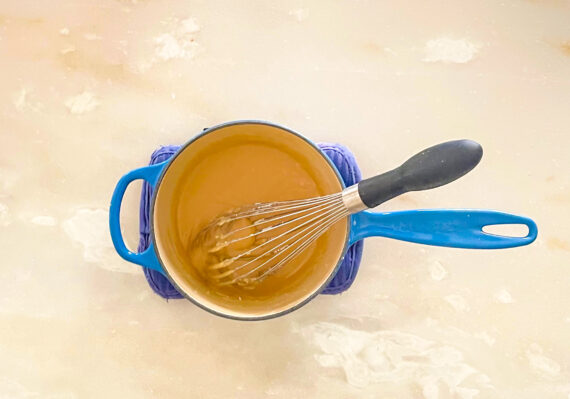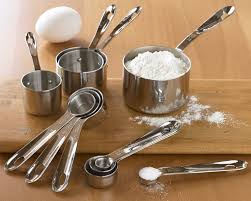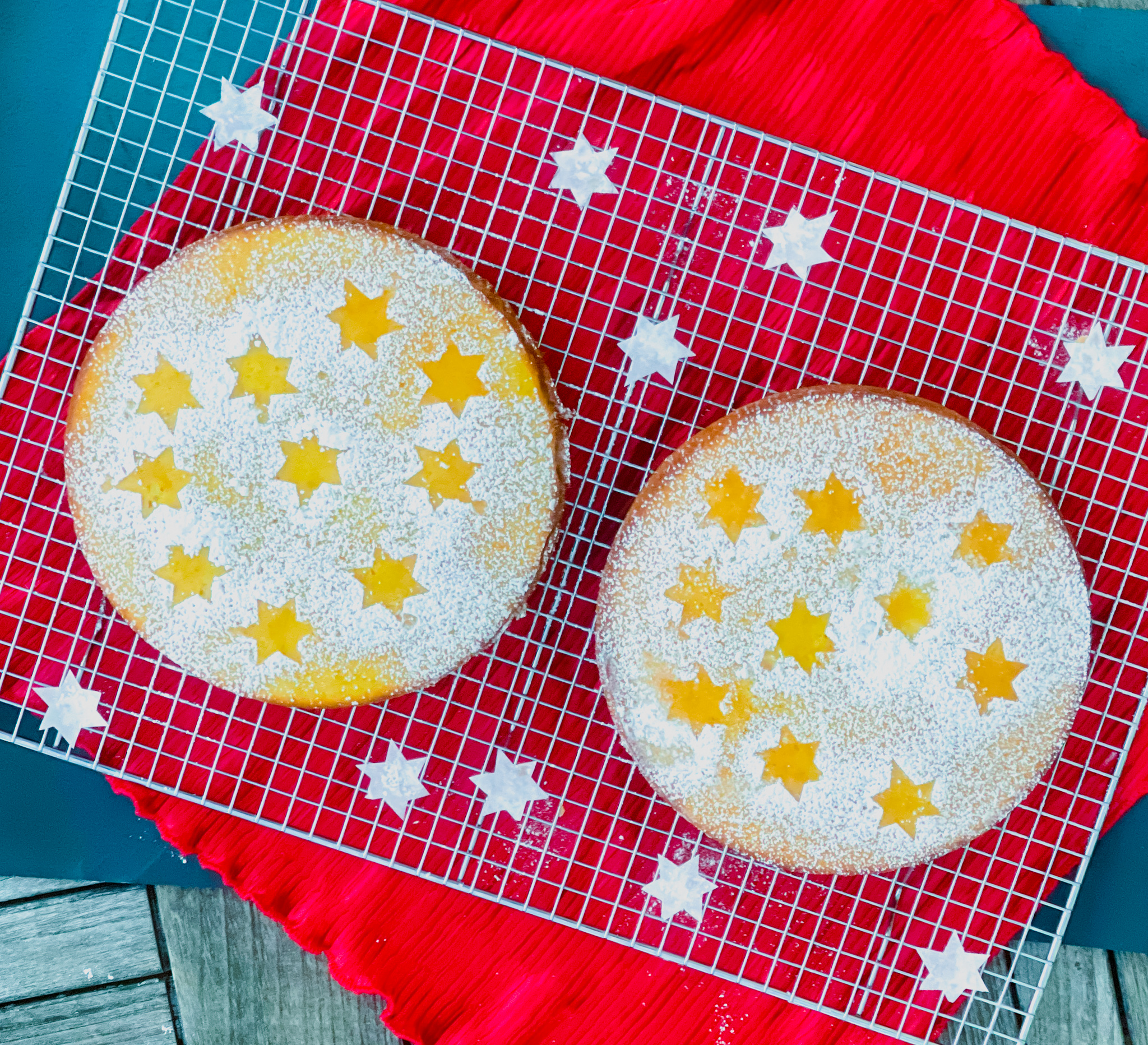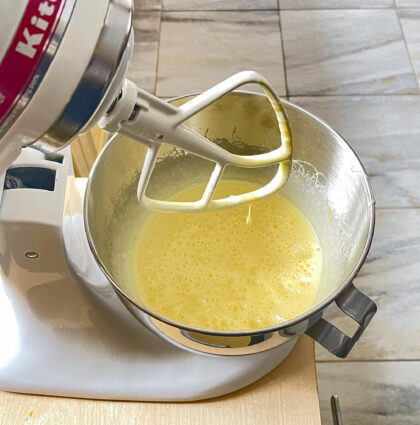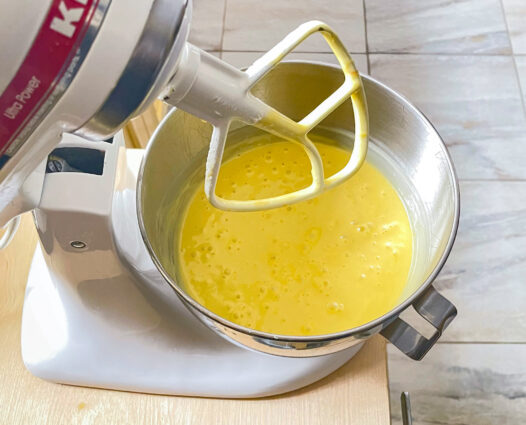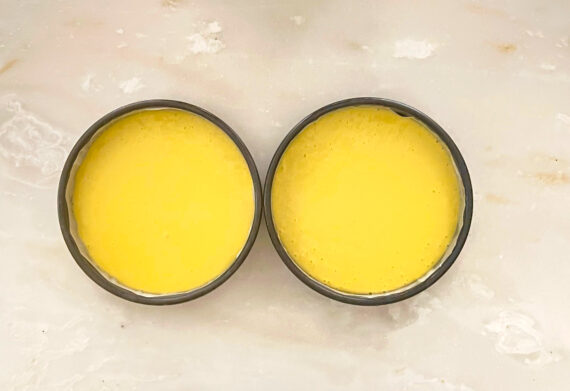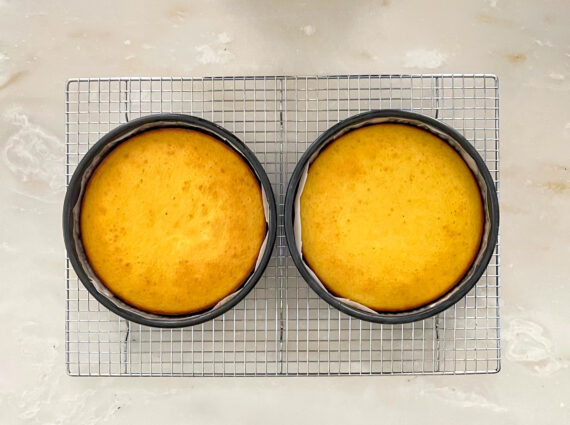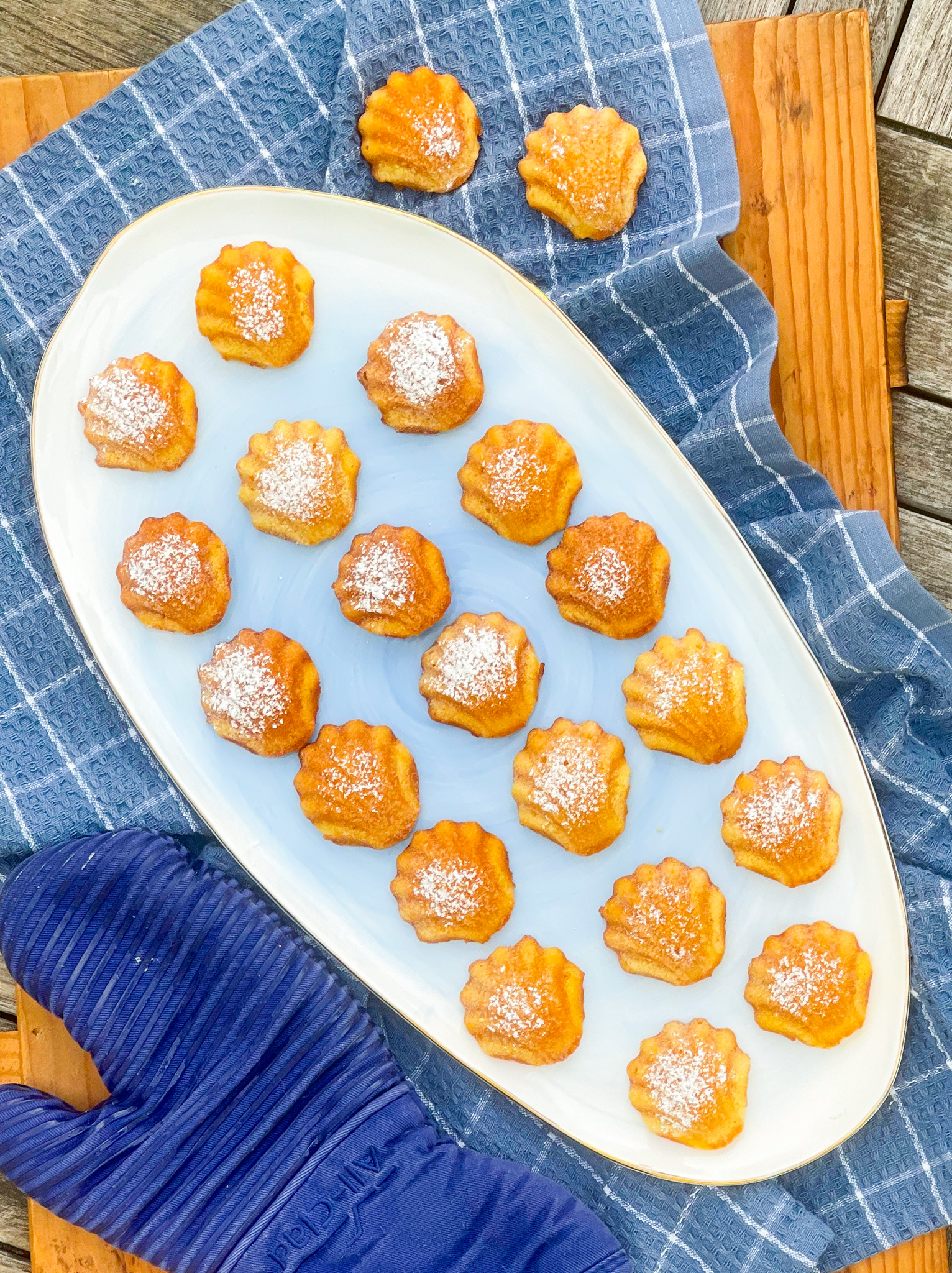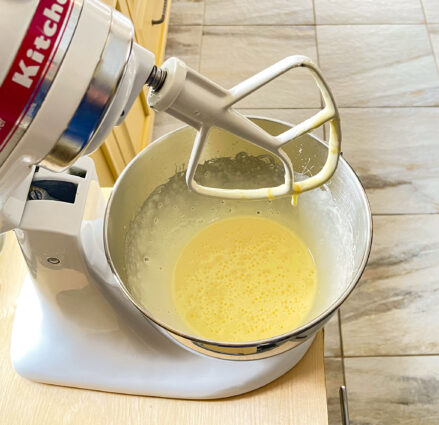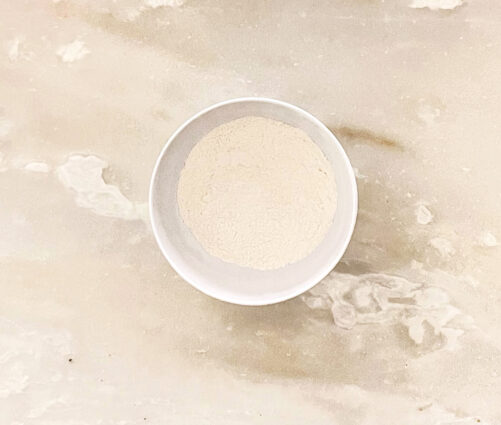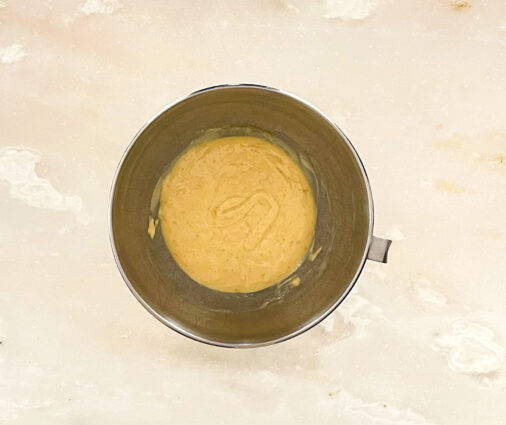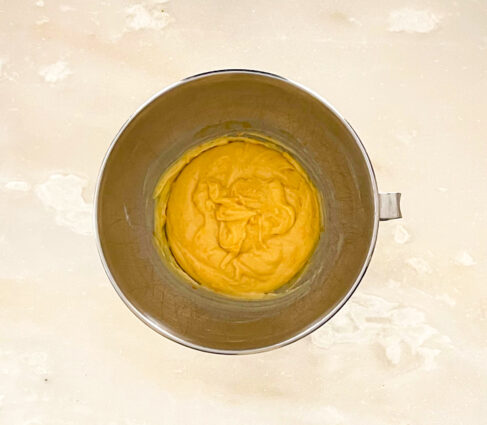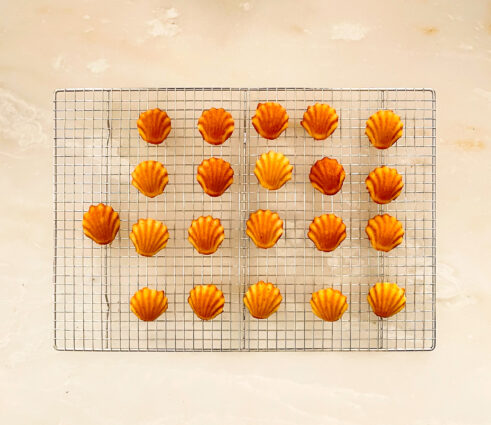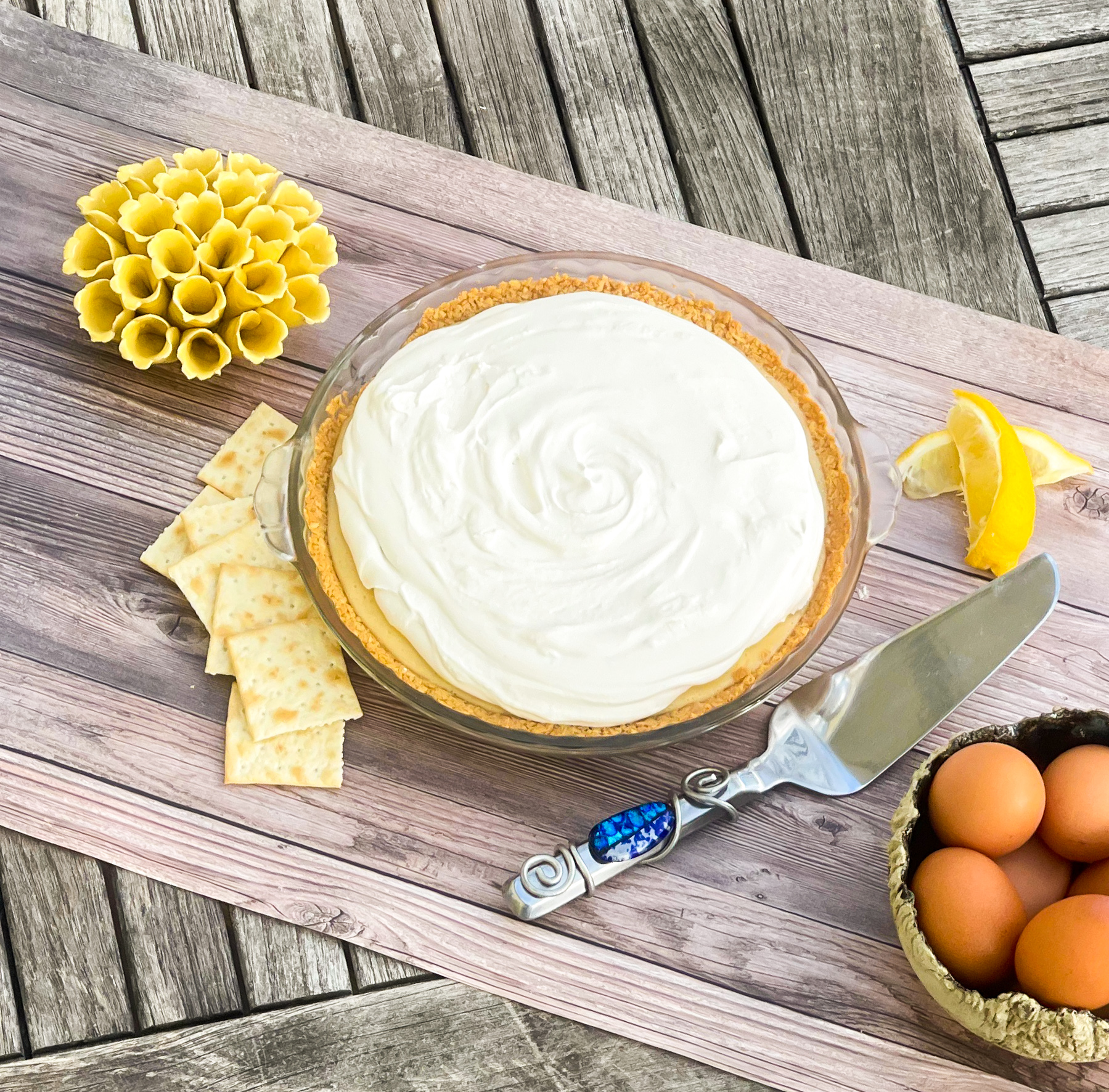
Like millions of people all over the world, I had COVID-19 last year. I had been having body aches, and feeling very lethargic for a while. I was suspicious that I had the disease, so I went to be tested. They did a rapid test, and it came back negative. I was surprised, because I knew I did not feel well, but I was not bed-ridden, so I went about my days as usual, doing the best I could, despite how awful I felt.
One week later, I still did not feel good, and I went for another test, negative. What? How could I be feeling so bad and not have the novel coronavirus? Again, I got through the days as best I could, despite not feeling myself. Another week went by, I went for another test, again, negative. Finally, I was really sick. I couldn’t get out of bed. My symptoms were not the typical symptoms you heard about in the news, though I was sicker than I ever could remember. My gut was telling me I should get tested one more time and I did. Aha! Positive, just what I thought.
The craziest thing is that I had it on Thanksgiving. Of course, there was no big holiday celebration like I have had in the past, but I felt horrible, knowing that even our small celebration was not happening. I managed to get a turkey in the oven, giving my husband and kids explicit instructions on how long to cook it and to keep checking it to make sure it was juicy and tender when it was done. Thankfully, I had made my sweet potato pies earlier and froze them. They are my kids’ favorite part of the Thanksgiving meal and I was happy I did not disappoint them.
COVID and all, we got through the holiday. I celebrated in bed, miserable, but my family at least got to have a Thanksgiving meal. It was such a reality check for me. Even if I was having my usual table for 50, I would have had to cancel it. Thank goodness for small miracles.
Although this past year has been a challenge for all of us, I think it has changed us for the better. We have learned that we are more resilient than we thought. We are working together, and it has made us stronger, not weaker. It has made us rethink our priorities and remember how precious life is. It has been a reminder to appreciate the smaller things in life, often things we take for granted. Remember, the things we face in life teaches us valuable lessons and allow us to move forward with knowledge and courage.
Now, if you need a bit of a pick-me-up, this is one cake that will make you happy. Of course, the lemon drew me to this pie. The sweetened condensed milk, along with the eggs and cream give this pie a creamy texture. The lemon zest adds a nice tarty tang to every bite. It is housed in a crust of salty crackers that combine beautifully with the filling. It is then topped with a delectable whipped cream that has hints of vanilla that makes this pie pure perfection.
This recipe is courtesy of Cook’s Country and will make one 9-inch pie that people will give friends and family a delicious taste of the South.
Ingredients for North Carolina Lemon Pie:
For the Crust:
6 oz saltine crackers (about 53 crackers – or 1 1/2 sleeves)
1/8 tsp salt
10 tablespoon butter, melted
1/4 cup light corn syrup
For the Filling:
1 (14 oz) can sweetened condensed milk
4 large egg yolks
1/4 cup heavy cream
1 tbsp grated lemon zest
1/2 cup fresh lemon juice (about 3 medium lemons)
1/8 tsp salt
For the Topping:
1/2 cup heavy cream, chilled
2 teaspoon sugar
1/2 teaspoon vanilla extract
Make the Crust:
Adjust oven rack to middle position.
Preheat the oven to 350°.
Grease (or spray) a 9″ glass pie plate.
Combine the saltines and salt in a food processor and pulse to coarse crumbs, about 15 pulses.
Add the melted butter and corn syrup and pulse about 15 more times, until the crumbs are broken down into oatmeal-sized pieces.
Pour the saltine mixture into the prepared pie plate.
Using the bottom of a dry measuring 1/2 cup, press the crumbs into an even layer on the bottom and sides of the plate, using your fingers to keep the crumbs from spilling over plate edge as you’re pressing the crumbs.
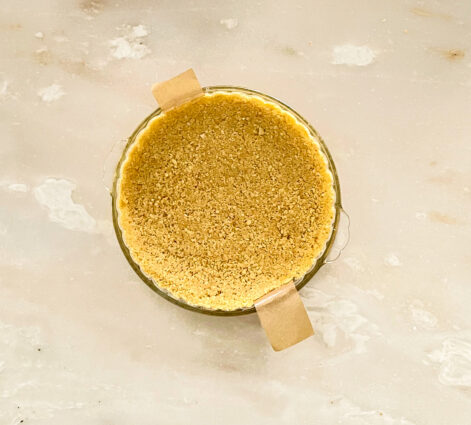
Place the pie plate on a baking sheet and bake until light golden brown, 17 to 19 minutes.
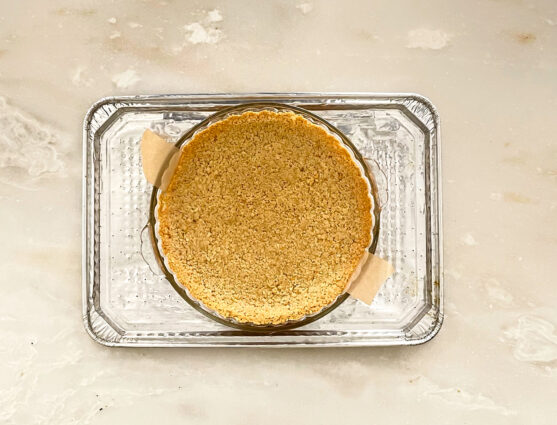
Remove from oven.
Make the Filling:
Whisk the condensed milk, egg yolks, cream, lemon zest and salt into a medium bowl until fully combined.
Whisk in the lemon juice until fully incorporated.
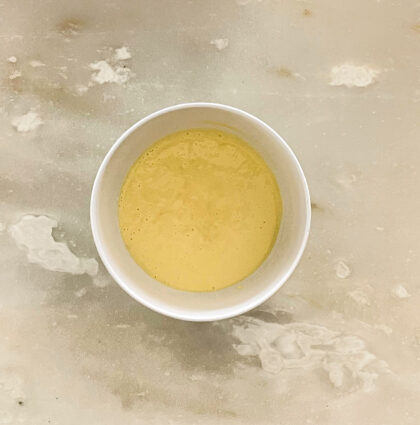
Keep the pie crust on the baking sheet and pour the filling into the crust (crust doesn’t need to be cool).
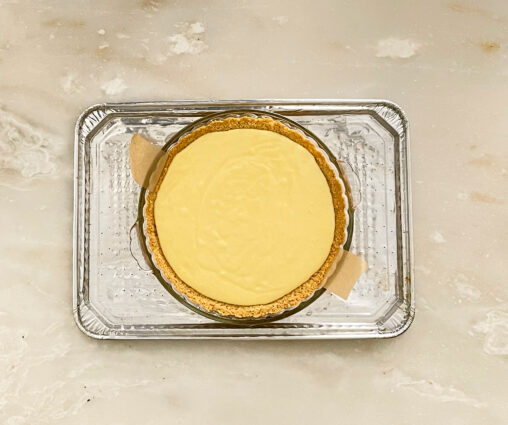
Bake the pie until edges are beginning to set but the center still jiggles just a bit when shaken, 15 to 17 minutes.
Cool completely on a wire rack, then place in the refrigerator until fully chilled, about 4 hours.
Make the Topping:
Using a stand mixer fitted with the whisk attachment, whisk and whip the cream, sugar, and vanilla on medium-low speed until foamy, about 30 seconds.
Increase speed to high and whip until stiff peaks form, 1-3 minutes.
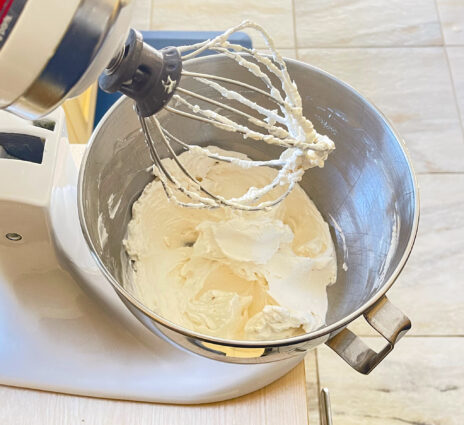
Spread whipped cream over the top of the pie.
Garnish with thin lemon slices if desired.
It’s that simple!

